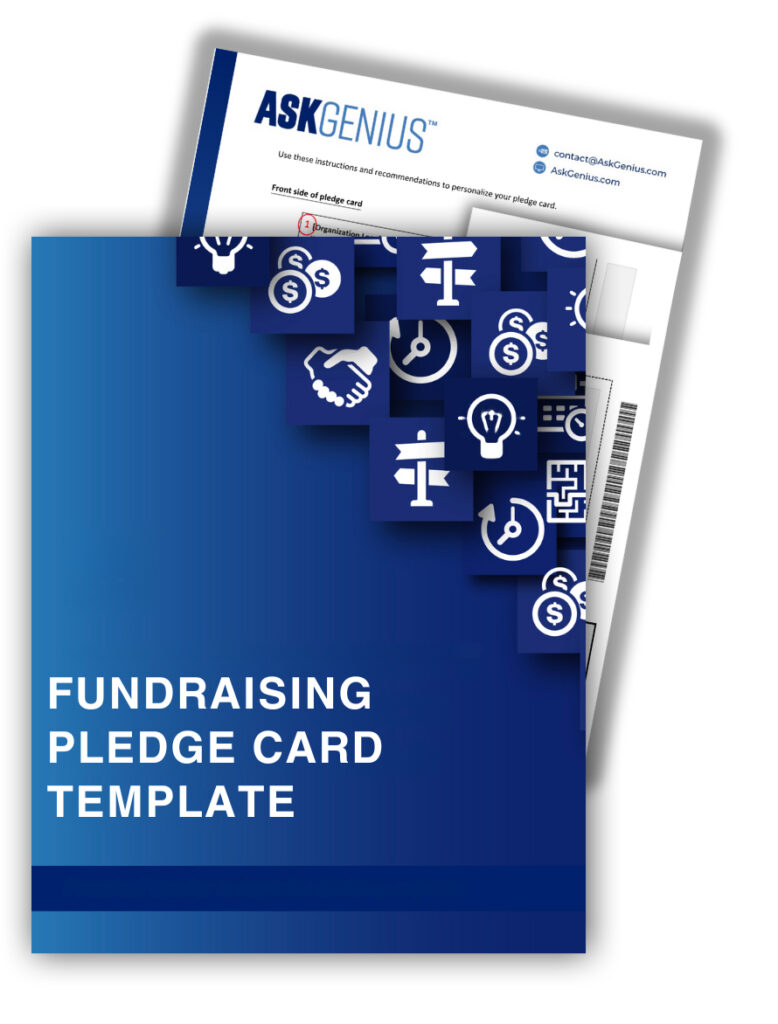We live in a digital world. But when it comes to fundraising for nonprofits, direct mail is still the king.
Direct mail fundraising is different than digital communication because it is a tactile medium – your donors can touch and interact with your appeal materials. They can hold it in their hands and feel the weight of the paper or admire the quality of the printed photo.
Nonprofits that thoughtfully prepare their donors to receive a direct mail appeal and follow best practices for writing a fundraising appeal letter will find great success through direct mail. However, make sure you’ve done everything to nurture them before you send out your appeal letter.
What you should do before you send a nonprofit direct mail appeal letter
E-mail Your Current Donors.
Though it may come as a surprise, e-mail and direct mail should work in tandem for the most effective fundraising appeal strategy. Like in sports, the “off-season” is an important time of preparation, and your organization should spend time between appeals communicating via e-mail with donors. We have A/B tested this strategy with a large client and found that those who received regular, personalized e-mails about nine months ahead of a direct mail appeal were 62% more likely to give and gave much higher gift amounts than those who did not receive regular e-mails.
The e-mail communication should not be the standard e-newsletter you might be thinking of. E-mail communication to donors ahead of direct mail should be:
- Personal and heartfelt
- Come from a real person
- Should not include photos or graphics, this is not a highly designed piece of content
- Be sent more often than you think– about three times a month
- 8:1 ratio, sending about thirty-four e-mails a year, only four should be invitations to donate
Simply put, you need to email your donors a lot more often. We recommend creating an email calendar (like the one below) to help you stay on track with consistent touchpoints with your donors.

Know What Your Donors Want.
Your donors should be the hero of the story any time you are fundraising. If you remember this, it will be easier to make sure you provide what the donor is looking for. Donors want to belong to something bigger than themselves. They want to see their values in action and feel like they are needed and appreciated.
Create Donor Segments and Personalize the Message for Them.
Direct mail appeal letters are most effective when you start with the information in your database and know who your audience is. This means personalizing your message for specific groups of donors, which include:
- Recurring donors
- Major donors
- First time donors
- Donors who are just below each giving tier
- Donors who gave at an in-person event
- Non-donors with high wealth rating
We recommend you segment donors in that order, spending the most time considering the message to your recurring donors and major donors.
Use Best Practices when Creating Your Direct Mail Appeal
You know direct mail fundraising can work for your organization and you have prepared by e-mailing and segmenting donors, but now comes the time to write the appeal. Here is what you need to know.
Start with why you do what you do.
When you start with the why of your message, you will begin to shift away from a brochure-style, highlighting facts and statistics, and move into the heart of the message. Use stories to engage the reader and make the donor the hero of the story.
Use direct mail best practices in letter formatting.
In our webinar Writing the World’s Greatest Fundraising Letter our team went over these necessary aspects of what some call “ugly letters.” Start your letter with one, short sentence of ten words and less and then use these best practices for direct mail:
- Letters should be heartfelt and informal
- Use indented paragraphs
- Large and easy-to-read font- Times New Roman, size 13-14
- Underline and bold important pieces
- 2-4 pages in length
- Use a call-out or Johnson box
- Include a P.S. at the end
Always remember to personalize the letter and this goes beyond a personal salutation; though that is crucial, a direct mail piece that starts with Dear Friend, is not worth sending. Download our sample direct mail appeal letter and personalize it for your organization.
Let the pledge card do the heavy lifting of the ask amounts
Use your pledge card to make the ask so you do not break the magic of the emotion in the letter. A well-crafted pledge card with personalized ask strings will help encourage donors to give more and consider recurring gifts. And for those donors who go online to give, ensure your donation page is optimized for the best experience for the donor.
Consider your timing
Nonprofits often wonder when the best time is to send a fundraising letter. The answer is “it depends.” One-third of all charitable giving happens in December each year, but this is also the time of year when your donors are receiving the most mail. The most important aspect is that you have prepared your donors and the appeal letter is not the first time you are communicating with them.
Remember that direct mail fundraising is still important and relevant and when done strategically can raise a lot of support for your nonprofit. Take the time to prepare your donors, spend time crafting a personalized and heartfelt message, use donor segments, and make donors the hero of the story. Do not forget to maximize the pledge card and use personalized ask strings to raise more money for your mission.
To maximize your appeal letter fundraising efforts, check out our other blogs and sign up for our newsletter to get amazing content like this delivered right to your inbox.
